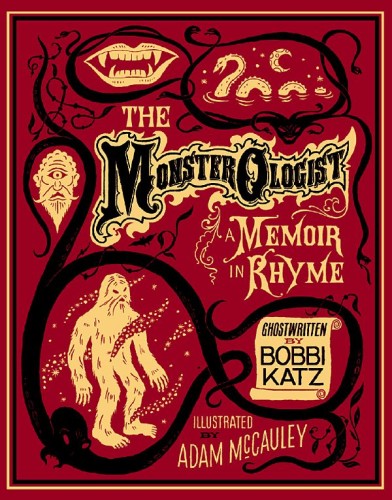The Golden Compass
By: Phillip Pullman
Bibliography: Pullman, P. (1995). The golden compass. New York, NY: Alfred A. Knopf.
Summary:
The Golden Compass is ultimately the story of growing up and leaving behind childish pursuits. Lyra is the protagonist in the story and she is a precocious and mischievous child. Lyra spends most of her time getting into trouble with her best friend Roger. But when Roger is kidnapped Lyra leaves Oxford in order to find her best friend. In order to rescue him from the "Gobblers" Lyra gets help from a host of different characters like her daemon Pantalaimon, Serafina Pekkala, Iorek Byrnison, and Lee Scoresby.
Impressions:
This is one of my favorite books that I have read all semester. It has everything that you could ask for twisty family revelations, witches, alternate English realities, kidnappers called "Gobblers", gypsies, and what ever daemons are (I'm still not quite sure, but I know I want one). I had seen the movie version of this book, but I have to say this is definitely a case where the book is much better than the movie. Ii makes sense that this book is in the controversial module. The religious undertones really color the narrative. I was not at all insulted while reading the book, but I can see how it would affect some readers. I really enjoyed the book and am definitely looking forward to reading the sequels.
Review:
Kirkus Review
Pullman (The Tin Princess, 1994, etc.) returns to the familiar territory of Victorian England, but this time inhabits an alternate Earth, where magic is an ordinary fact of life. Lyra Belacqua and her daemon familiar Pantalaimon spend their days teasing the scholars of Jordan College until her uncle, Lord Asriel, announces that he's learned of astonishing events taking place in the far north involving the aurora borealis. When Lyra rescues Asriel from an attempt on his life, it is only the beginning of a torrent of events that finds Lyra willingly abducted by the velvet Mrs. Coulter, a missionary of pediatric atrocities; a journey with gyptian clansmen to rescue the children who are destined to be severed from their daemons (an act that is clearly hideous); and Lyra's discovery of her unusual powers and destiny. Lyra may suffer from excessive spunk, but she is thorough, intelligent, and charming. The author's care in recreating Victorian speech affectations never hinders the action; copious amounts of gore will not dissuade the squeamish, for resonating at the story's center is the twinkling image of a celestial city. This first fantastic installment of the His Dark Materials trilogy propels readers along with horror and high adventure, a shattering tale that begins with a promise and delivers an entire universe. (Fiction. 12+)
Library Setting:
I think it would be fun to include this book in a talk about books that are made into movies. Lots of patrons like movies and kids might find it fun to discuss the differences between the adaptations, for both good and bad. Other books that could be included are The Hunger Games, Twilight, Harry Potter, etc.
Reference Review:
Kirkus Reviews. (2010, May 20). The golden compass. Retrieved from https://www.kirkusreviews.com/book-reviews/philip-pullman/golden-compass/
Image: http://www.marshall.edu/library/bannedbooks/Images/goldencompass.jpg


















